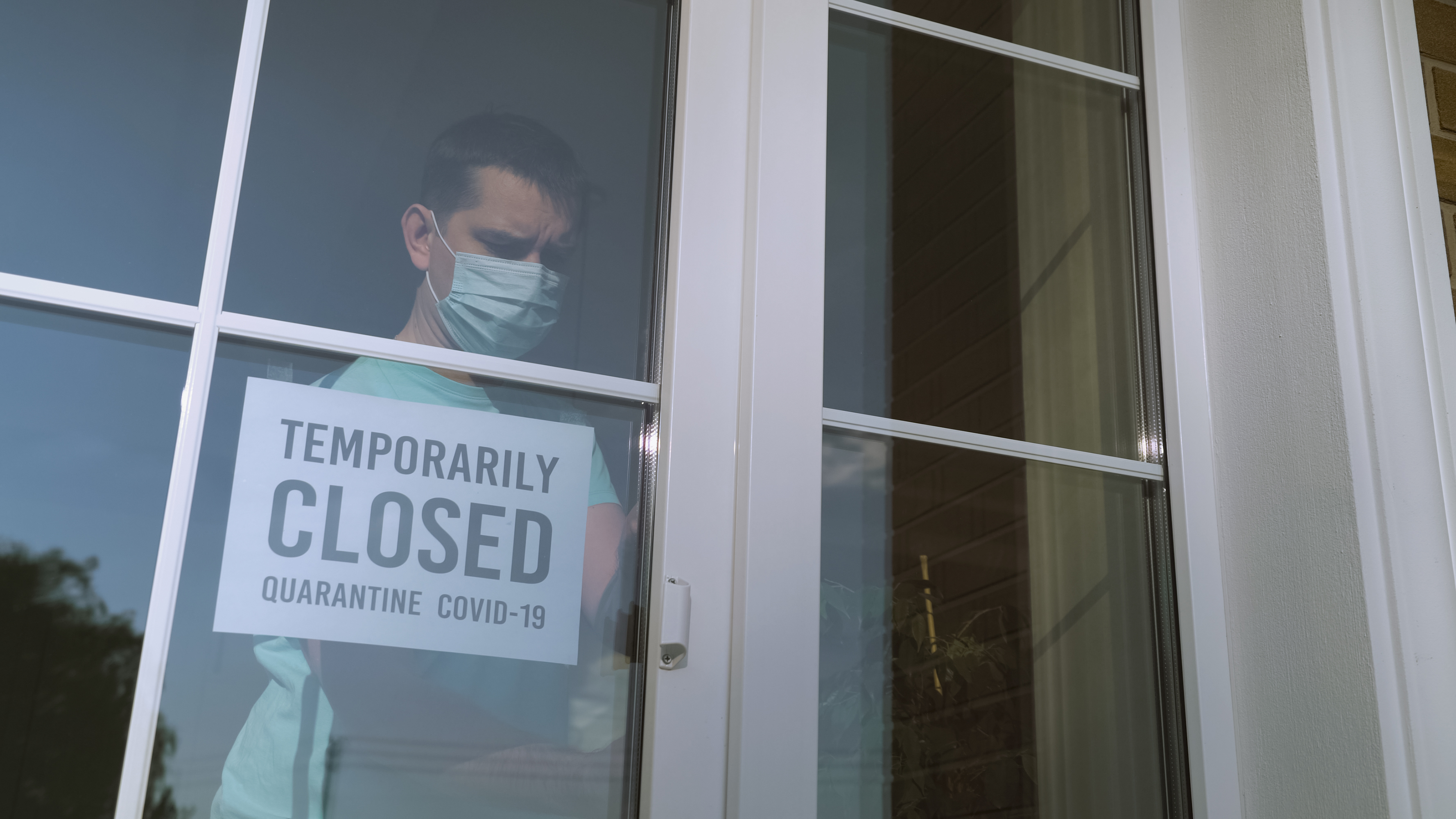
The Southern District of New York recently held that a contamination exclusion was ambiguous in the context of Covid-19-related business interruption losses. Accordingly, the court held that the issue was inappropriate to decide at the summary judgment stage and denied both parties’ cross-motions for summary judgment. In Thor Equities LLC v. Factory Mut. Ins. Co., No. 1:20-cv-03380 (S.D.N.Y. Mar. 31, 2021), an insured commercial property owner sought business interruption coverage under its property insurance policy. The parties filed cross-motions for summary judgment, asking the court to determine the applicability of two exclusions, one of which was a contamination exclusion. The exclusion excluded “contamination, and any cost due to contamination including the inability to use or occupy property or any…

